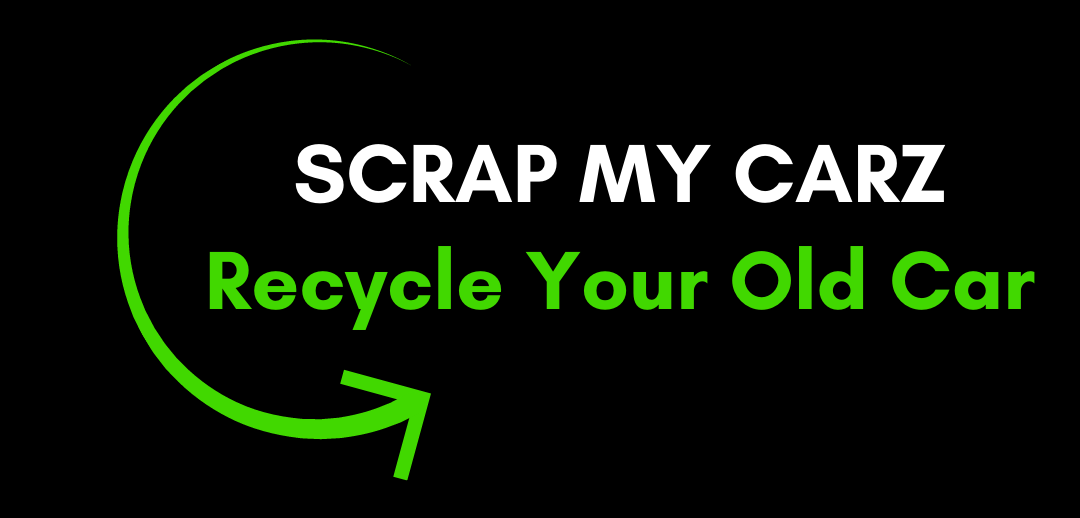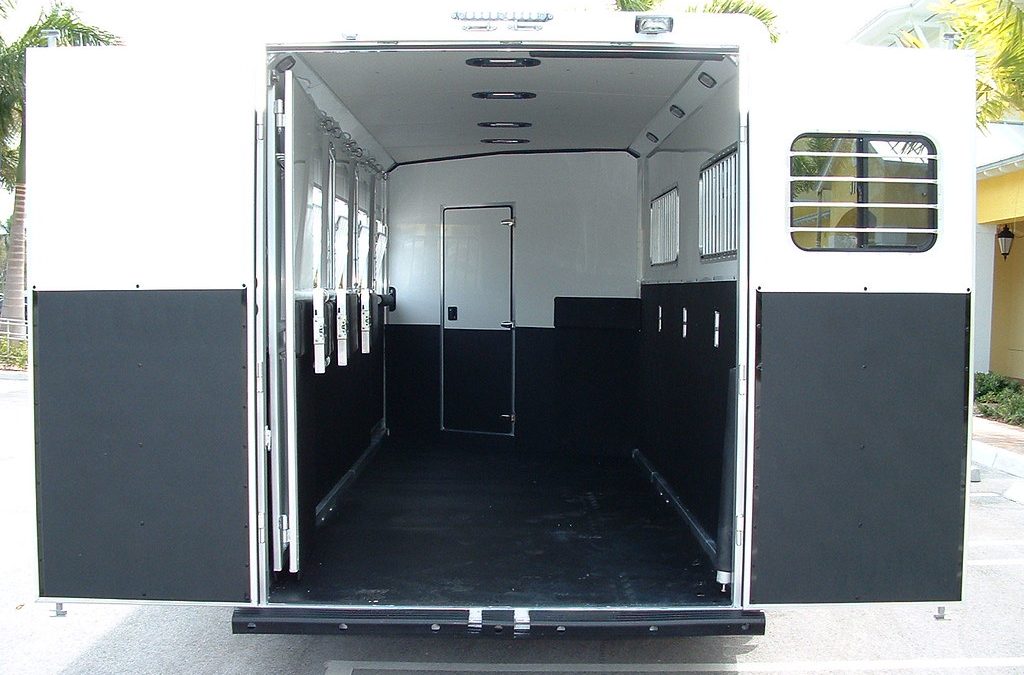Transporting your horses can only be ensured safe when you have carefully inspected every detail. With this, it is only justifiable that you get to bear the right knowledge in checking horse trailers.
Inspecting might seem like an easy job, but in reality, it is not. That is why it is better to inspect with the proper standards rather than check based on what you just feel at the moment.
Hop on as we discuss how to inspect your horse trailer more comprehensively to assure that your horses are comfortable during the course of their travel.
Contact us to scrap used horsebox online!
Preparing the Vehicle in Hitting the Road
Ensuring that your vehicle and horse trailer is safe to hit the roads anytime could only be done by performing regular checks. In this way, you are consistent in monitoring the condition of your vehicle.
For your convenience, here are the ideal times recommended in knowing when you should be checking your trailer and vehicle:
- Before hitching the horses up – Before hitting the roads, verify if your vehicle is able and fit enough to tow the horse trailers, the balance of the trailers, and whether the rig is levelled. Additionally, it is also important to check if the brakes, lights, and signals work.
- Before loading up the horses in the trailer, the trailers will serve as a temporary stable for the horses while travelling. That is why it is important to check whether the trailers are free from harm that could endanger the horses, such as bees, moulds, etc. Afterwards, prepare fresh hays for the horses to chew on and keep them accompanied. After this, you can now load the horses up.
- Right before leaving – Before driving the vehicle away to hit off the road, check the surrounding of the trailer to double-check if the rig is levelled and the doors of the trailers are securely locked. If these are already checked, then you are now ready to go.
Inspecting the Trailers
Aside from the vehicle, the main thing that you should check is the trailer you will be using. As stated above, the trailers will be the temporary stable for the horses while they are being travelled. 
For a more thorough trailer inspection, you can follow these simple yet helpful tips in assuring that your rig is fit to carry your horse during the travel:
1. Experience what it’s like to be inside the trailer
Experiencing first-hand what it feels like to be inside the trailer will let you know if the space is enough for your horse to be comfortable while travelling.
To maximise the experience, you can walk around the trailer with the intention of regarding every consideration of the dimensions for the comfortability of your horse.
Solution for a small trailer:
If ever you have found out that the trailer is too small for your horse, as a solution, you can trade your trailer for a bigger one, or you can rent if the travel is urgent. But if not, you may want to invest in a new trailer instead.
2. Ensure the surfaces
As part of experiencing the trailer yourself, it is also recommendable to run through the walls of the trailer to guarantee that your horse won’t get a scratch during the travel.
Remember that the interior surfaces of the trailer are one of your priorities because if it is unchecked, your horse might get an infection, especially when the walls already have tetanus on them.
Aside from the walls, you might want to check the bolts, padding, and screws that could potentially cut your horse. Try for yourself if you will get hurt to ensure the overall safety of your horse.
Solution for rough surfaces:
To smoothen the rough surfaces you have discovered, you can use a file to polish the rough spots. Aside from this, you can also use a silicone sealer and pads for bulky rough spots.
3. Ensure the structural integrity of the trailer
Structural integrity deals with the general condition of your trailer, and it is important because a weak trailer structure is dangerous for usage. After all, it may cause an unwanted accident directly concerning your horse.
To check the structural firmness of your trailer, you can check if the walls are sturdy enough if the horse kicked, stumped, and hit it. It is also to check whether rusts thrive in the walls because this indicates that the walls might deteriorate anytime soon.
Lastly, one of the indicators of weak structure and probably the most dangerous is a hole found in the floors of your trailer because your horse might find itself stuck on it.
Solution for weak structure:
If you have ever found a little fault with the structure f your trailer and you do not want to miss the chance to resolve it, you can use a plywood panel to strengthen the floor and avoid your horse getting stuck in the hole. However, if there are already significant holes, you might want to call a professional repair to help resolve your problem.
4. Check the interior condition of the trailer
Checking the overall interior condition of your trailer will ensure the comfortability of your horse throughout the course of your travel. With this, inspecting the interior condition of your trailer includes:
- Checking the trailer mats – In checking the trailer mats, you can verify if they lie smoothly and if they are in the capacity to be bedding for your horse.
- Examining the interior paddings – You must also examine the side paddings of the trailer and check whether they have rips or not.
- Testing if the ramp works fine – The ramps will serve as the helper in ascending your horse into the trailer. If they are faulty, they may cause an incident of falling your horse, resulting in broken legs. That is why it is important to check whether they still work fine or not.
In Summary
Caring for your horse also means ensuring their safety during their travels. That being said, extending your care for them can go in a way that you ensure that they are comfortable wherever they stay, may it be temporarily or permanently.
That is why it is important to take the time and thoroughly examine every step of the way so you don’t miss a spot about the potential harm that could cost you your horse.


Recent Comments